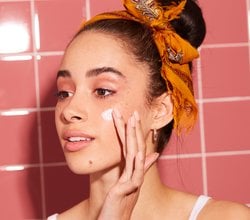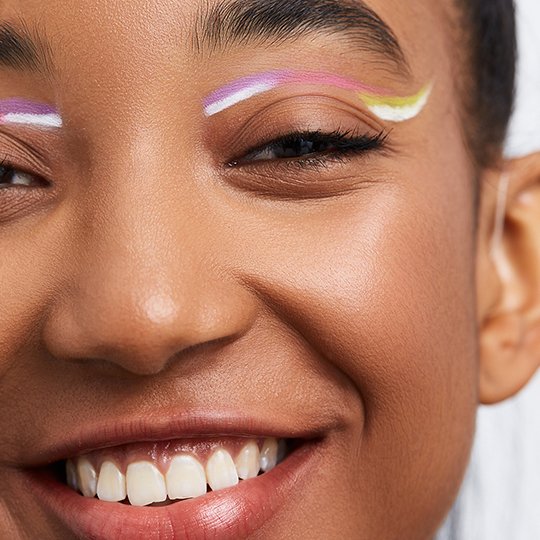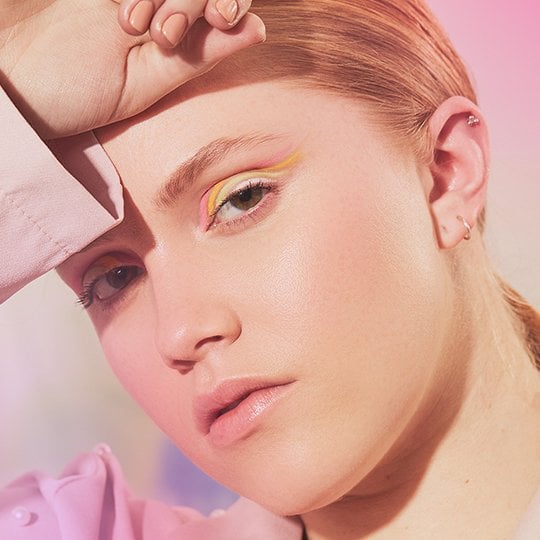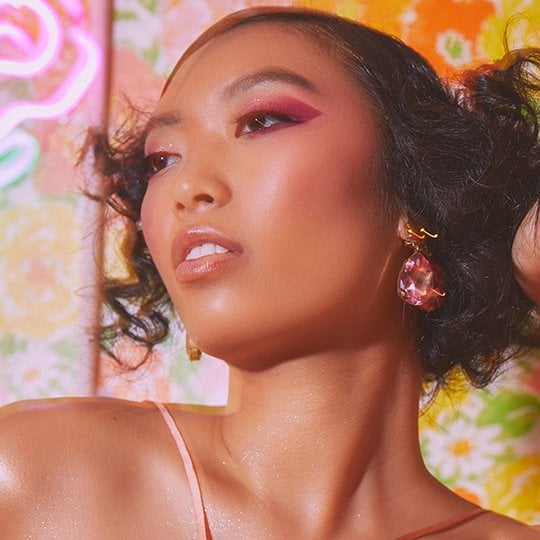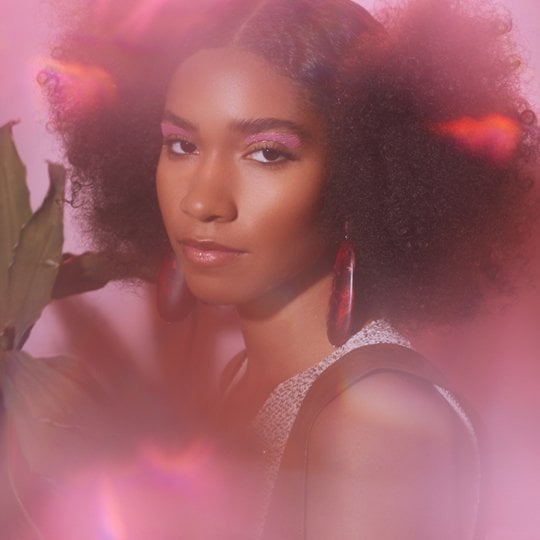Everything You Need to Know About Removing Upper Lip Hair
February 17, 2023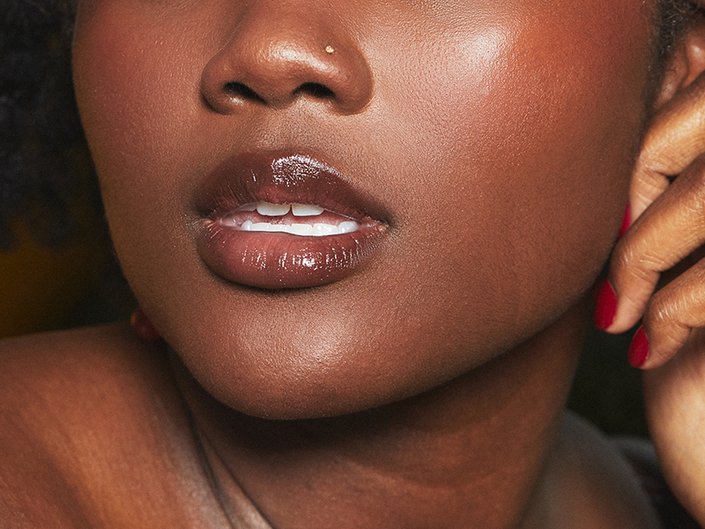
What Are Some Upper Lip Hair-Removal Methods?
“Upper lip hair can be removed through waxing, which is quick and easy,” says Ismiel. “It can also be removed by threading, which can be uncomfortable for some people but is also quick.”
She adds that depilatory creams are also popular, but they can burn the area of the skin if left on for too long. As an at-home option, you can shave your upper lip hair (a.k.a dermaplaning), which removes the hair and gently exfoliates the skin for a smooth-looking complexion.
If you’re looking for a more permanent solution, laser hair removal is your best bet. “With 14 years of experience in the industry, I would say laser hair removal is the best long-term option for getting rid of coarse, dark upper lip hair,” says Ali. “Laser does not, however, work for all hair types such as fine or white hair, which is when I’d recommend other treatments like waxing, tweezing or shaving.”
Which Upper Lip Hair Removal Technique Is Best for You?
“Picking an upper lip hair removal method will depend on your skin sensitivity and pain tolerance,” says Ali. “Shaving causes no pain but will require more upkeep. Tweezing is time-consuming and waxing and threading will hurt the most out of all options.” If you know you have very sensitive skin, Ali doesn't recommend waxing or using hair-removal creams.
If you’re not sure what your skin can handle, Ismiel recommends trying your method of choice on a small area of your upper lip first. “Always test on a small patch of the skin you want to treat, as the skin on our face is more delicate than the rest of the body.” A board-certified dermatologist can also help guide you to the right method for your skin type.
It’s also important to consider the price and the upkeep of the hair removal method you choose. If you have thick and coarse hair and want to give laser hair removal a try, just know that the process takes around six to eight sessions. Prices vary based on location, but according to the American Society of Plastic Surgeons, the average cost of laser hair removal is $389. Other options, like shaving, waxing or using hair-removal creams, are less expensive in the short-term, but because they require more frequent maintenance, these hair-removal methods can add up too. Think about the amount of time and money you’re willing to invest, and remember that you can always try a variety of hair removal methods before finding the one that works best for you and your needs.
What Are the Benefits of Upper Lip Hair Removal?
If you wear makeup, removing the hair on your upper lip will help your foundation or tinted moisturizer glide on more smoothly in the area. It also makes it easier to overline your lips with a lip liner if you’re going for a fuller look (or just want to even out some natural asymmetry in your lips), and allows your lipstick to take center stage. If you choose to shave your upper lip hair, doing so will also gently exfoliate, which helps get rid of dead skin cells and allow for better absorption of your skincare products.
Besides the physical change, if the hair near your upper lip bothers you, removing it can also lift your mood. The other upside is that most hair-removal methods (aside from laser hair removal) are temporary, so there’s no need to commit to them if you end up changing your mind about the hair.
How to Care for Your Upper Lip Area if Irritation Occurs
Mild reddening is a common side effect when removing upper lip hair, but it usually subsides within a couple of hours. “In the rare instance of skin becoming painful or inflamed for a prolonged period, that’s a sign you should try another method of hair removal in the future,” says Ismeil. To help reduce the redness in the interim, Ali recommends treating the area with a cold compress and avoiding makeup as it can lead to further irritation. If you’re concerned about the redness or it doesn’t go away within a couple of hours, consult with a board-certified dermatologist.
How to Remove Upper Lip Hair
These instructions are for removing upper lip hair at home. If you feel more comfortable, visit your local salon, spa or dermatologist’s office for upper lip threading, waxing or laser hair removal.
Step 1: Cleanse and Exfoliate Your Skin
Exfoliating your skin helps slough away dead skin cells and minimizes your risk of ingrown hairs. If you plan on shaving your upper lip hair, you can exfoliate immediately beforehand with a gentle exfoliant, such as the L'Oréal Paris 3.5% Glycolic Acid Cleanser. If you’re waxing your upper lip hair at home, try to exfoliate one to two days prior in order to minimize your risk of irritation. Cleanse and gently towel-dry your skin immediately before waxing.
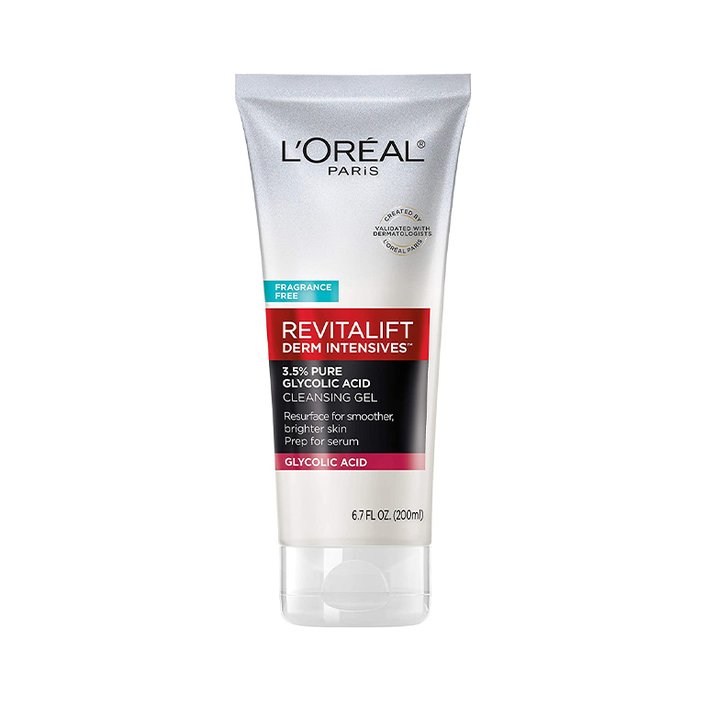
Step 2: Apply a Facial Oil or Shaving Cream
This step is exclusively for shaving your upper lip hair, rather than waxing. In a previous Makeup.com article, celebrity aesthetician Joshua Ross of SkinLab in Los Angeles, recommended applying a lightweight facial oil prior to shaving. Alternatively, you can use a shaving cream or foam, such as the Alba Botanica Very Emollient Cream Shave.
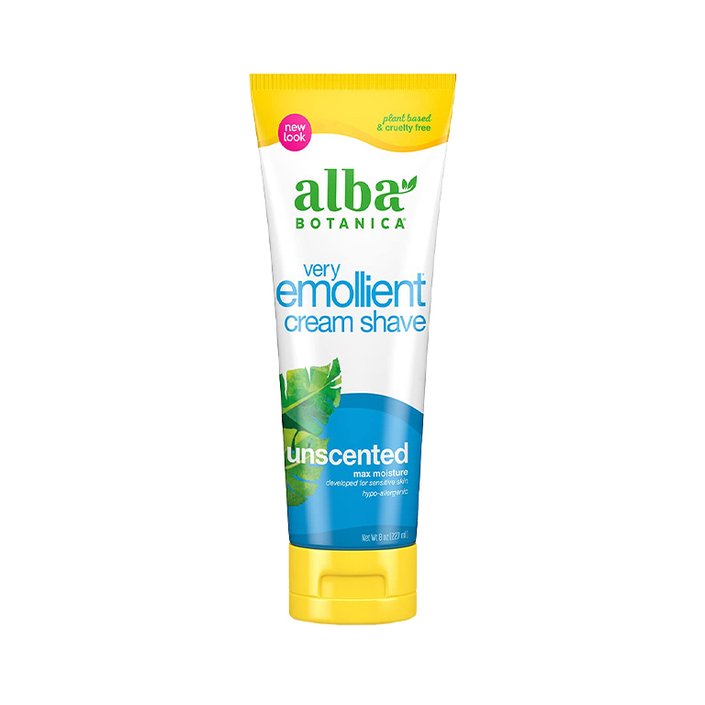
Step 3: Remove Your Upper Lip Hair
If you choose to wax your upper lip hair, follow the instructions as specified on the package. If you are shaving, make sure to reach for a clean, sharp blade that’s designed for use on the face. Ross previously recommended the Dermaflash Luxe+, which comes with four alternate blades. Use short, light strokes, holding the skin of your face taut with one hand as you shave with the other. To minimize irritation, try shaving in the same direction the hair grows in.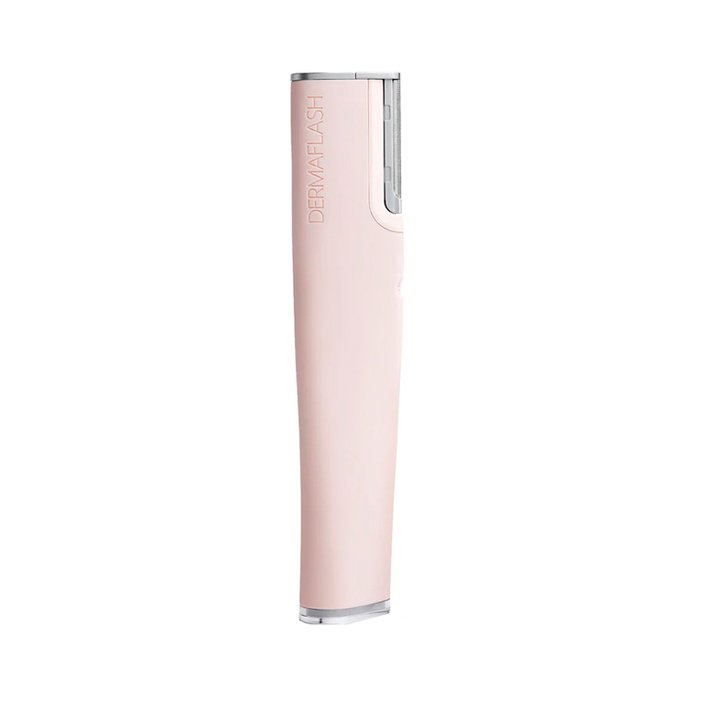
Step 4: Wash Your Face and Apply Moisturizer
Your skin may be slightly red and irritated after you shave or wax. To calm your skin, try splashing your face with lukewarm water and gently patting dry with a clean, fresh towel. Next, apply a non-comedogenic and fragrance-free moisturizer to soothe without clogging your pores. We love the CeraVe Daily Moisturizing Lotion, a gentle option that helps to restore your skin’s moisture barrier with three essential ceramides and hyaluronic acid.
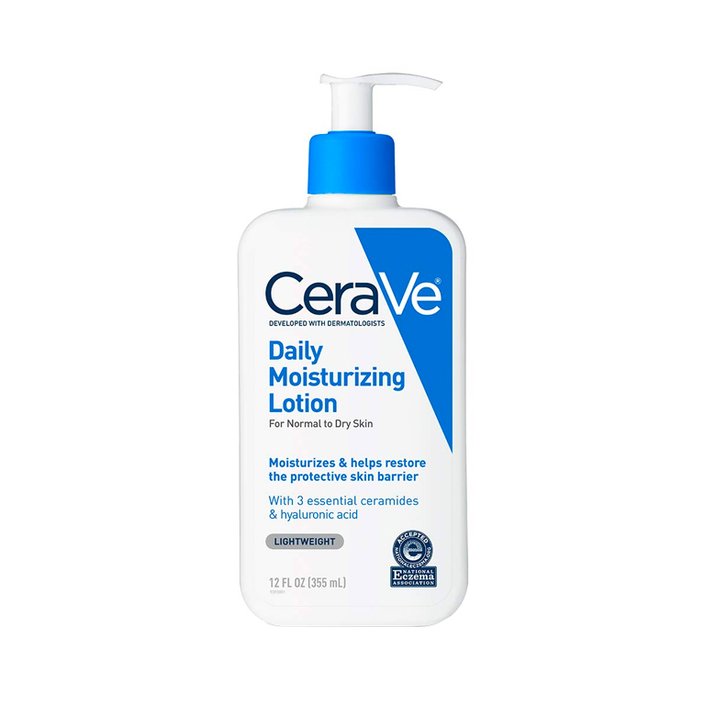
More Tips for Upper Lip Hair Removal
Always Clean the Area First
Ali says a common mistake her clients make when trying any hair removal method is not fully cleaning the upper lip area before. Be sure to wipe away all remnants of makeup, dirt and oil from the skin before removing your peach fuzz to avoid potential irritation. If you need a quick cleanse, a swipe of the Garnier SkinActive Micellar Cleansing Water All-in-1 with a cotton pad will do the trick.
Apply a Thick Layer of Hair Removal Cream
“When using a hair removal cream, make sure you apply a thick layer evenly across the upper lip,” says Ismiel. “Applying a thin or uneven layer will be ineffective and may result in patchiness.” Be sure to follow the instructions of the hair removal cream as specified on the package.
Never Wax the Same Area Twice
“When waxing, some people mistakenly go over the same spot twice,” says Ismiel. “It’s important that you only wax each section once to prevent irritation to the skin. You can always go back and tweeze any hairs you may have missed.” If you have stray hairs to tweeze, be sure to use a pair of clean, sharp tweezers. We recommend the Slant Tweezers from Tweezerman.
Always Read the Directions on the Pack
Always follow the instructions on the pack whenever you try DIY hair removal. Ismiel says to take particular note of the application and removal instructions with waxes and developing times with creams, and never exceed the recommended times.
Make Sure Your Products Are Formulated for the Face
As we mentioned before, the skin on your face is normally more sensitive and delicate than the rest of your body, so don’t try using a hair removal cream made for your body on your upper lip. If you need a recommendation, we like the Nad’s Hair Removal Cream for its ability to dissolve unwanted facial hair in as few as four minutes and the Facial Wax Strips, which are formulated for delicate facial skin and are easy to use.
Additional reporting by Ariel Wodarcyk
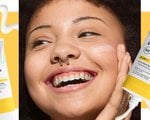
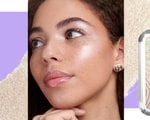

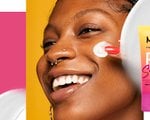

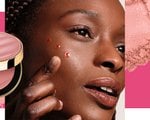
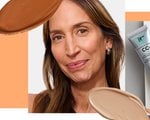
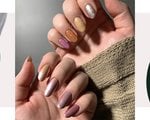
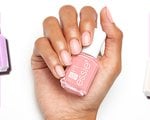
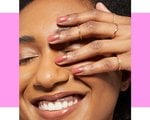
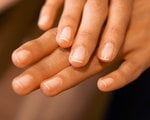
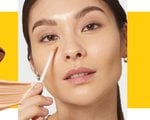
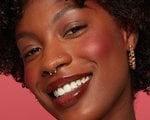





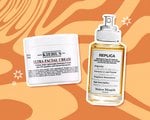
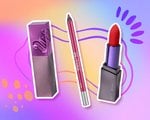
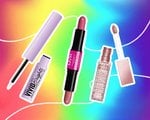
.jpg?cx=0.5&cy=0.5&cw=150&ch=120&blr=False&hash=27326E4FE66B0A2BFABAF4995DA29DC5)

